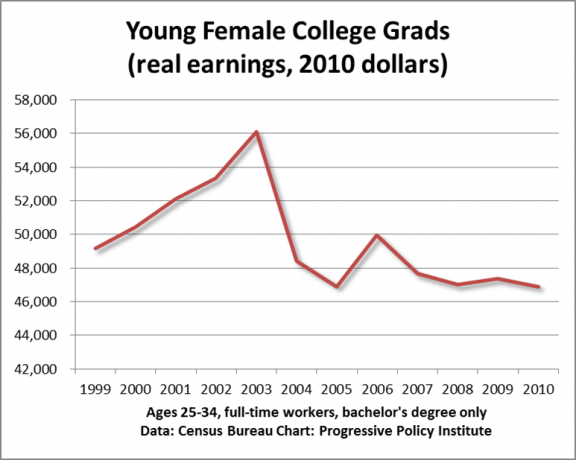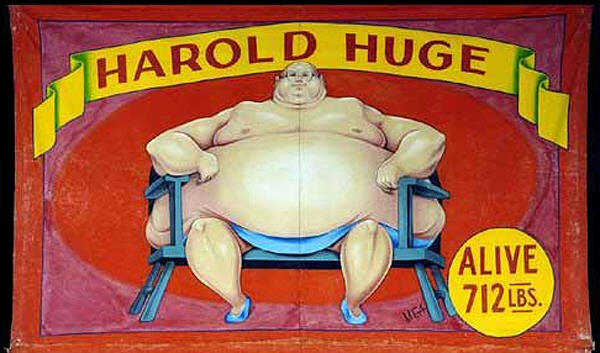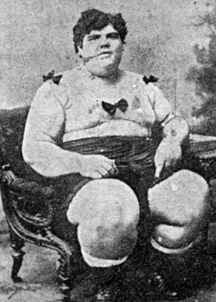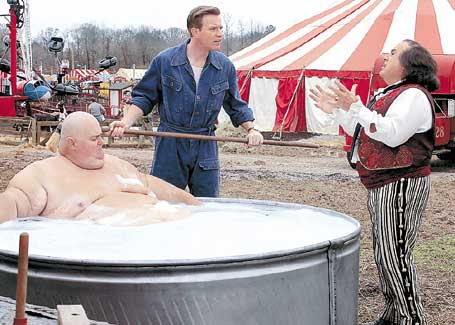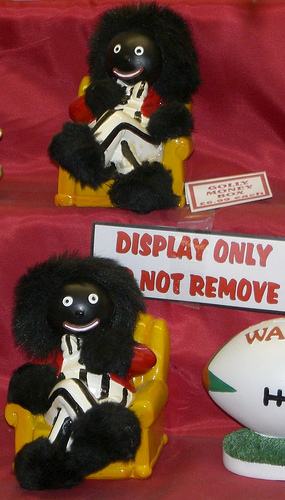Cross-posted at Cyborgology.
As part of my research into the popularization of tattooing, I have accumulated quite a few interesting links on tattoo toys for children. I don’t mean those temporary tattoos we all used to get from the vending machines at popular chain restaurants. This toys I am talking about have drawn flack from parents as being “inappropriate” for kids, creating an example of a burgeoning “moral panic”. Some examples include: tattoo inspired toddler wear, tattoo machines for kids, and of course, tattooed Barbie dolls.
The most recent children’s tattoo toy to come under attack is the collector’s edition “Tokidoki Barbie,” which features prominent arm, chest, and neck tattoos. This is the first Barbie to come out of its packaging with tattoos already applied. The first tattooed Barbie called “Totally Stylin’ Tattoo Barbie” was interactive and designed for children, allowing them to paste the temporary tattoos (actually stickers) on themselves or the doll. This new “Tokidoki Barbie” is not a toy so much as a collector’s item, meant to capture a particular historical moment in time and to be exchanged between collectors (the doll is now auctioning for roughly $500 each). With a hefty $500 price tag, I do not see many children playing with this doll. It is also not sold in stores, and is only available online.
Tokidoki Barbie:
 Toys like these have been released every few years since the 1990s, when tattooing was ranked as the 6th fastest growing industry in the country (Vail 1999). But we are now seeing more children’s tattoo toys spring up, dovetailing with the increasing popular interest in the craft. We may very well be observing a second Tattoo Renaissance (Rubin 1988), especially given the expansion of the industry and the artistic flowering that has occurred since the tattoo reality TV shows first emerged in summer 2005.
Toys like these have been released every few years since the 1990s, when tattooing was ranked as the 6th fastest growing industry in the country (Vail 1999). But we are now seeing more children’s tattoo toys spring up, dovetailing with the increasing popular interest in the craft. We may very well be observing a second Tattoo Renaissance (Rubin 1988), especially given the expansion of the industry and the artistic flowering that has occurred since the tattoo reality TV shows first emerged in summer 2005.
I believe we are we observing a cultural paradigm shift (Kuhn 1962) regarding tattooing. Cultural trends are slowly reshaping popular conceptions of tattooing, turning them from “marks of mischief” (Sanders 1988) into an “ironic fad” (Kosut 2006) of consumer capitalism. Whereas tattooing was once largely reserved for working-class men, sailors, carnival performers, and exotic dancers, we have since seen the practice become widely popular amongst all races, genders, and classes.
G8 Tat2 Maker by Spin Master Toys:

Beginning with the Tattoo Renaissance of the 1960s (Rubin 1988) and more recently with the expansion into reality television (Lodder 2010), we have seen the cultural cache of tattooing shift in favor of middle-class notions of identity work (Atkinson 2003); that is, towards seeing the body as a vehicle for expressing oneself, towards actively controlling and crafting the body as a form of empowerment, and towards the development of “distinctive individualism” through appearance (Muggleton 2002). The highly narrative focus of tattooing contained in popular reality TV shows like “LA Ink” or “NY Ink” only bolster these trends, as new tattoo enthusiasts invest deeply-held meanings into each tattoo.
But these trends do not mean that tattoo toys aimed at children are any less offensive to some. Largely, it appears to be a generational divide: youth are much more supportive (in fact, largely celebratory) towards body art like tattoos and piercings, but the baby boomers continue to view tattoos through the lens of deviance.
For people of my parents generation, tattoos continue to be a symbol of deviant proclivities. Some have even called it a “disease” plaguing the youth of today. I have taken issue with such an interpretation of tattooing, especially by social scientists who continue to conceptualize the practice as an indicator of mental pathology or emotional instability, and have proposed a “pro-social” conception of contemporary body modifications like tattooing and piercing [you can read my work here]. In my opinion it is just a matter of time before prominent and visible tattoos become commonplace in professional and public settings, tattooed Barbie notwithstanding.
——————————
David Paul Strohecker (@dpsFTW) is a PhD student at the University of Maryland, College Park. He studies issues of intersectionality, consumption, and popular culture. In addition to his work on the popularization of tattooing, a project on the revolutionary pedagogy of public sociology, and more theoretical work on zombie films as a vehicle for expressing social and cultural anxieties. He previously wrote for the blog Racism Review and currently blogs at Cyborgology.
For more from Strohecker, see his posts on facial tattoos, the origins of zombies, QR codes and the digital divide, and laughing at disability.
If you would like to write a post for Sociological Images, please see our Guidelines for Guest Bloggers.


